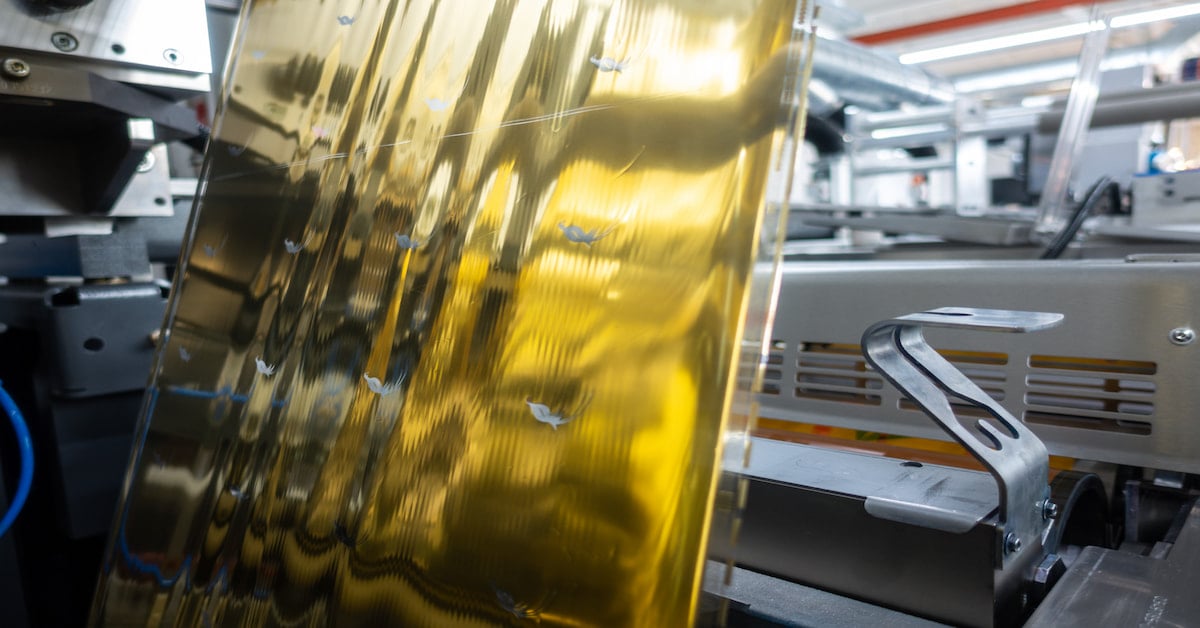In today’s world, the call for sustainability is louder than ever. As industries pivot toward environmentally responsible practices, green printing technology emerges as a pivotal innovation. This technology not only addresses the ecological concerns of traditional printing but also offers a sustainable pathway forward.
The printing industry, historically reliant on resource-intensive processes, is now witnessing a paradigm shift. Green printing technology is at the forefront of this transformation, integrating eco-friendly practices that minimize environmental impact while preserving print quality. For businesses and individuals alike, understanding and adopting these practices is crucial in our collective journey toward sustainability.

What is Green Printing Technology?
Green printing technology refers to printing methods and practices designed to reduce the environmental footprint. This involves using recycled materials, eco-friendly inks, and energy-efficient processes. The goal is to create printed materials that are not only high in quality but also low in environmental impact.
Why the Shift to Green Printing?
The shift toward green printing technology is driven by a growing awareness of environmental issues. Traditional printing methods often involve harmful chemicals and significant waste production. By contrast, green printing reduces resource consumption and pollution, aligning with global environmental goals.
Environmental Benefits
Adopting green printing technology offers numerous environmental benefits. It reduces the need for virgin paper, conserves water, and cuts down on energy usage. Moreover, eco-friendly inks are biodegradable, ensuring minimal harm to ecosystems.
Economic Advantages
Beyond environmental benefits, green printing technology can also be economically advantageous. By lowering energy and material costs, businesses can achieve significant savings. Moreover, adopting sustainable practices can enhance brand reputation, attracting environmentally conscious consumers.
Key Components of Green Printing Technology
Eco-Friendly Inks
Traditional inks often contain volatile organic compounds (VOCs) that contribute to air pollution. In contrast, eco-friendly inks are made from natural materials and are free from harmful chemicals. These inks are not only safer for the environment but also produce vibrant prints.
Recycled Paper
Using recycled paper is a cornerstone of green printing technology. This practice reduces the demand for new paper production, conserving trees and reducing energy consumption. It’s a simple yet effective way to make printing more sustainable.
Energy-Efficient Machines
Modern printing machines are designed to consume less energy, aligning with the principles of green printing technology. These machines often come with energy-saving features, reducing operational costs and environmental impact.
Implementing Green Printing in Your Business
For businesses looking to adopt green printing technology, the transition can be straightforward with the right approach. Start by choosing suppliers who offer recycled materials and eco-friendly inks. Additionally, invest in energy-efficient machinery to further reduce your carbon footprint.
Choosing the Right Partners
Selecting partners who share your commitment to sustainability is crucial. Look for suppliers with certifications that guarantee environmentally friendly practices. This not only ensures the quality of your printed materials but also aligns your business with global sustainability standards.
Challenges and Considerations
While green printing technology offers numerous benefits, it’s important to navigate potential challenges. For instance, the initial investment in eco-friendly materials and machinery can be higher. However, these costs are often offset by long-term savings and enhanced brand value.
Technological Adaptation
Embracing new technology can require training and adaptation. Ensure your team is well-equipped to handle new machinery and processes, as this will maximize the benefits of your investment in green printing technology.
The Future of Green Printing
The future of green printing technology looks promising, with continued innovation and adoption across industries. As technology advances, we can expect even more efficient and sustainable solutions, further reducing the environmental impact of printing.
Industry Trends
One of the significant trends is the integration of digital technology with green printing practices. This combination not only enhances efficiency but also broadens the scope of sustainable printing solutions.
Global Impact
As more businesses adopt green printing technology, the cumulative impact on the environment will be significant. This global shift not only supports environmental conservation efforts but also sets a precedent for other industries to follow.
Conclusion
In conclusion, green printing technology represents a vital step forward in our quest for sustainability. By reducing the environmental footprint of printing, we can contribute to a healthier planet while still enjoying high-quality printed materials. As we continue to innovate and adopt these practices, the potential for positive change is immense.

FAQ
What are eco-friendly inks?
Eco-friendly inks are made from natural materials and are free from harmful chemicals, making them safer for the environment.
How can businesses implement green printing?
Businesses can implement green printing by using recycled materials, eco-friendly inks, and energy-efficient machines.
What are the benefits of green printing?
Green printing reduces environmental impact, lowers costs, and enhances brand reputation by aligning with sustainable practices.
For further reading on the topic, consider exploring this study on commercial printing and its future prospects.
For more insights into printing advancements, visit traditional vs modern offset printing to explore the evolution of printing techniques.
This article contains affiliate links. We may earn a commission at no extra cost to you.






